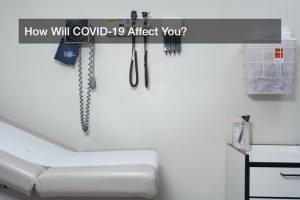The Bald Facts on a Hair Loss Miracle

 Since the age of two, Kyle Rhodes has suffered from alopecia universalis, a rare autoimmune disease that causes the loss of all hair on the body and the development of scaly, red areas of skin called plaque psoriasis.
Since the age of two, Kyle Rhodes has suffered from alopecia universalis, a rare autoimmune disease that causes the loss of all hair on the body and the development of scaly, red areas of skin called plaque psoriasis.
But then one day his doctor at Yale University came up with an idea: Since alopecia universalis was an autoimmune disease, why not try Xeljanz, which is a treatment used for rheumatoid arthritis, another autoimmune disease?
Eight months later, the world of hair had finally opened for Rhodes — he’d not only grown a full head of hair, but eyelashes, eyebrows, and body hair as well.
“The results are exactly what we hoped for. This is a huge step forward in the treatment of patients with this condition,” said Dr. Brett King, Rhodes’s dermatologist. “I was truly overjoyed for him.”
Now, King is cautiously optimistic that the results could be replicated in some of his other patients, and hopes to try it out again soon.
Dr. George Costsarelis, on the other hand, isn’t quite as optimistic. The chairman of dermatology at the University of Pennsylvania’s Perelman School of Medicine said that there are people who have taken Xeljanz have died from infections like tuberculousis. According to the pharmaceutical manufacturer’s website, others who’ve taken the drug face an increased risk of cancer.
“This drug really can have some nasty side effects,” Cotsarelis said. “You really have to decide how much risk you want.”
However, Rhodes reported feeling no side effects, saying that he’s not afraid to take the drug since he’s used other potentially dangerous treatments to fight his skin disease.
However, both King and Cotsarelis agree that the drug will not likely work as a hair loss cure for the common kind of baldness that comes as a result of age.
Yet, some hope is better than no hope. One survey found that of those who suffer hair loss, 60% would rather have more money or friends; 47% would spend their life savings on a hair loss treatment if it got them their whole head of hair back; and 30% would go celibate if it got them their hair back.
If the results can be replicated, those who take the treatment may find that they actually do spend their life savings. According to King, a full year’s worth of Xeljanz can cost $25,000 without insurance.
Thankfully for Rhodes, his insurance does cover most of the cost. What’s more, Pfizer even agreed to give him a discount. So for now, Rhodes can afford his new, full head of hair, which he says he finds himself just playing with it a lot of times.







